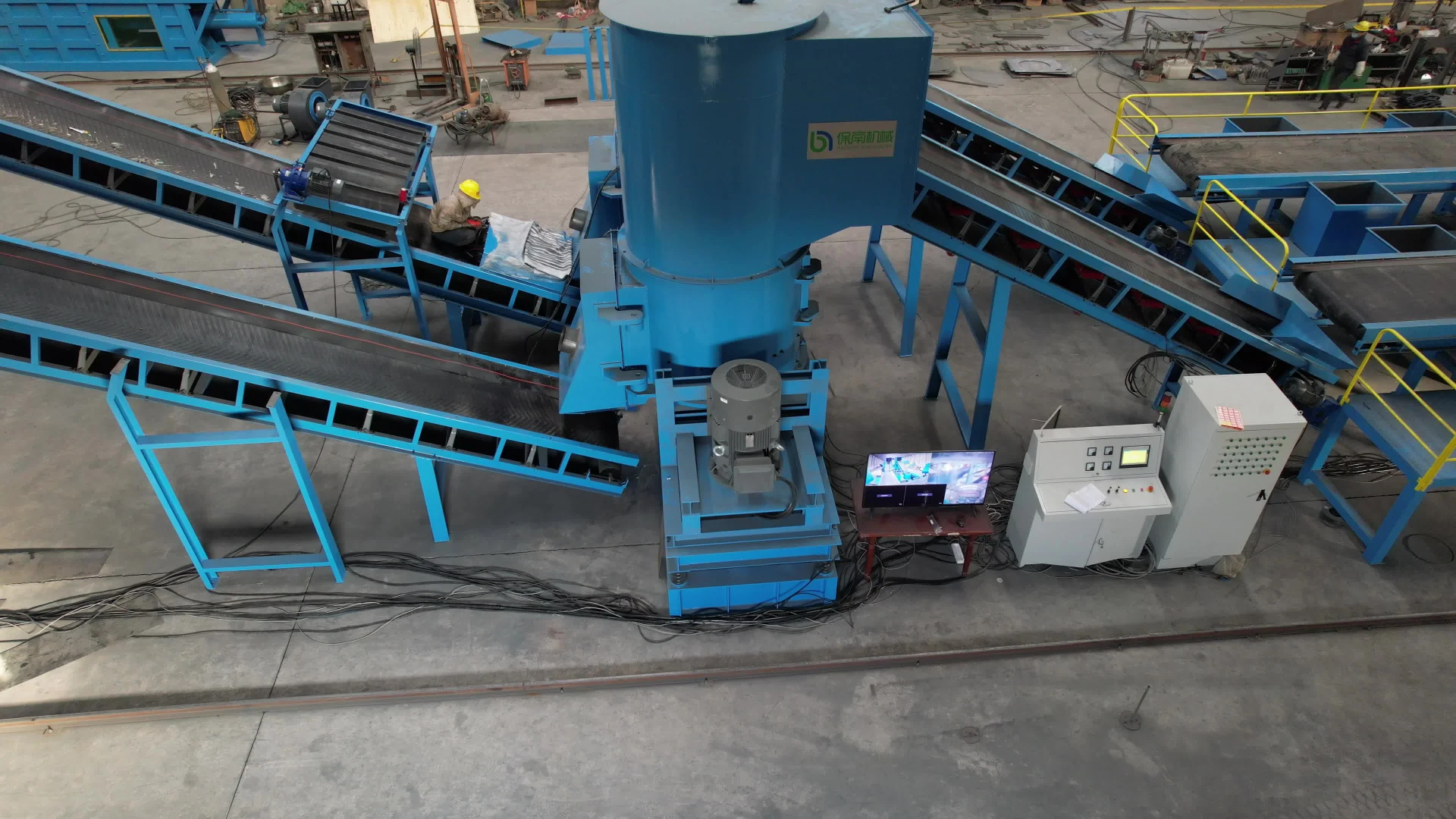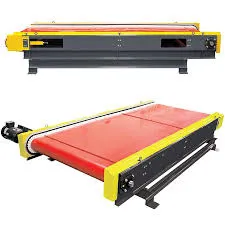Unlocking the Potential of Commercial Metal Shredders

The industrial world is abuzz with the relentless quest for efficiency, sustainability, and innovation. Central to these pursuits is the commercial metal shredder — an unassuming yet powerful tool reshaping the landscape of metal recycling and waste management. Understanding its importance requires diving deep into its impact on industries, its engineering sophistication, and its role in promoting sustainable practices.
Commercial metal shredders are engineered to tackle one primary challenge the effective breakdown of bulk metal materials into manageable, recyclable fragments. These machines vary in size and capability, catering to a diverse range of industry needs — from small-scale metal processing businesses to large-scale industrial production units. Their adaptability and robust build allow them to handle an array of metals, including aluminum, copper, and stainless steel, thereby ensuring a comprehensive recycling process.

One of the hallmarks of commercial metal shredders is their efficiency.
The process of shredding is not merely a brutal reduction of metal but a symphony of engineering precision. Shredders are equipped with high-torque, low-speed rotors that minimize noise and energy consumption while maximizing output. This efficiency results in a twofold benefit reduced operational costs for businesses and a lower environmental footprint. The reduced metal size not only means easier handling and storage but also facilitates faster re-melting, promoting energy-saving during the recycling process.
Industries that incorporate metal shredders into their operations demonstrate higher levels of sustainable practice and corporate responsibility. For manufacturers, the shredders align with the growing trend towards a circular economy, where waste is reintroduced into the production cycle as raw material. This not only conserves resources but drastically cuts down on waste headed to landfills. The implications are far-reaching, often resulting in improved community relations and meeting regulatory compliance with minimal stress.
From a safety perspective, the use of commercial metal shredders is paramount in ensuring a controlled environment for handling scrap metal. Traditional methods of metal disposal can expose workers to sharp, heavy materials that pose significant risks. Shredders mitigate these dangers, offering streamlined processes that require less manual handling and significantly reduce the risk of workplace injuries.
commercial metal shredder
Despite their myriad benefits, potential users often grapple with questions surrounding their integration. The investment required for a commercial metal shredder may appear daunting initially. However, when viewed through the lens of long-term gains, the cost becomes considerably justified. The investment translates into improved operational efficiency, reduced waste disposal costs, and enhanced product quality through the purity of recycled metals.
For businesses looking to invest in shredders, it is crucial to understand the technical nuances that contribute to the machine's functionality. Factors such as the type of shredder (rotor shears, cutting mills, or twin-shaft shredders), the materials they are best suited for, and the volume they can handle per cycle are key determinants in selecting the right machinery. Furthermore, ongoing maintenance and operator training are crucial to ensuring that the shredders perform optimally, thus safeguarding the initial investment.
Real-world success stories abound, with numerous companies showcasing improved profitability and sustainability through the strategic use of metal shredders. One example can be seen in automotive recycling, where shredders have enabled significant recovery of usable materials from end-of-life vehicles, reducing reliance on sourcing new raw materials and slashing emissions associated with metal production.
The future for commercial metal shredders looks promising, bolstered by technological advances and an increasing emphasis on environmental stewardship. As industries become more conscious of their ecological impact, the demand for these machines is likely to grow, driven by a compelling blend of economic and environmental benefits.
In conclusion, commercial metal shredders offer a sophisticated, efficient solution for the modern industrial landscape. Their contribution goes beyond mere metal processing; they are a cornerstone in the march towards sustainable industrial practices, embodying a perfect harmony between technological progression and environmental consciousness. Businesses adopting these tools position themselves as leaders of change, promoting a healthier planet for future generations.


